Podcast 10
Ask the Builder Podcast 10 Highlights:
- Susan has an uneven gap under her cement board above her tub. Tim has answers.
- Condensation on bathroom walls is frustrating Janet. Tim's got the fix!
- Ted's basement leak MUST STOP. Using ancient secrets discovered in college, Tim saves the day
- Tim shares a story about lead paint dangers lurking in countless homes. NOTE: Transcript of this story below.
Podcast Sponsor: Stain Solver - Certified Organic Oxygen Bleach
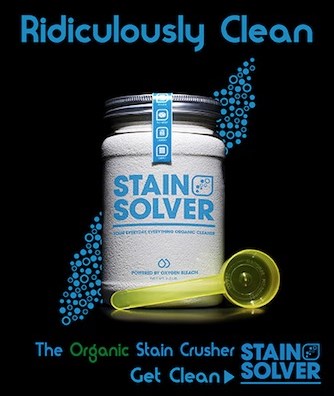
Stain Solver is MADE in the USA with USA ingredients that are food-grade quality. CLICK THE IMAGE to order some NOW.
Home Improvement and Home Construction Podcast
Photos, Links and Great Stuff:
CALL 1 Susan's Cement Board Problem:
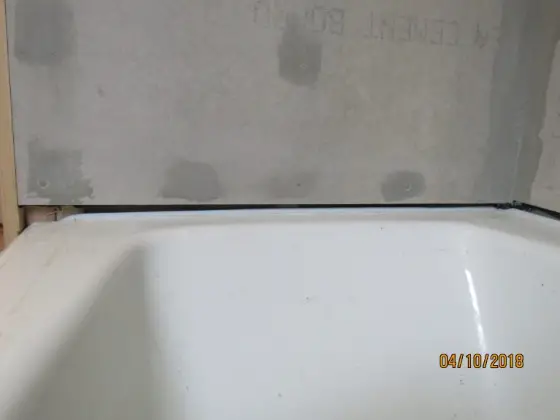
You can see the uneven gap under the cement board. I'd do whatever is possible to ensure the tub is level in both directions. Copyright 2018 Tim Carter
Related Links:
Install Cement Board - It's Easy But It's Not
Call 2 - Janet's Pesky Bathroom Condensation
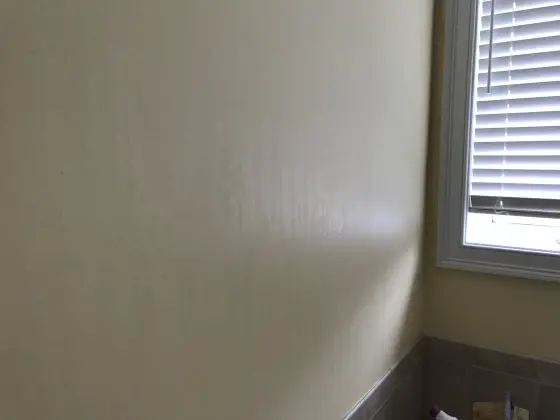
It's tough to capture a photo of condensation on a wall, but Janet did a good job. Water is pouring down the wall. Copyright 2018 Tim Carter
Related Links:
High-Performance QUIET Exhaust Fans Help Bathroom Condensation
Call 3: Ted's Leaking Basement:
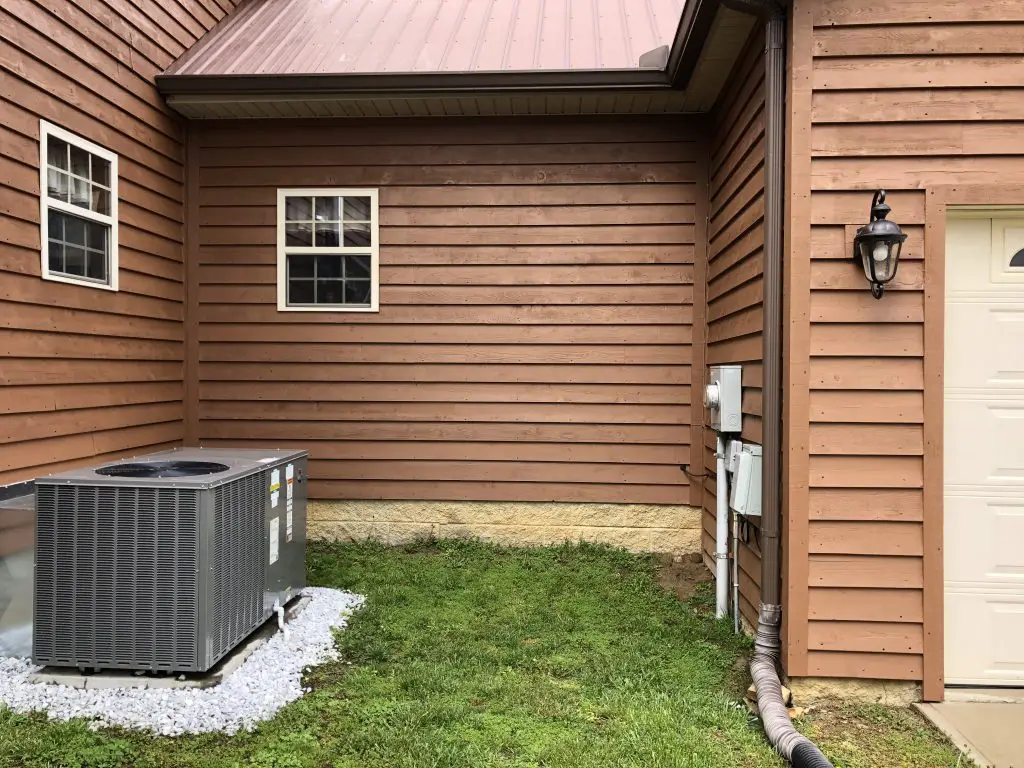
This is the alcove area at Ted's house. The wall straight ahead is where the basement wall leaks. No wonder! Copyright 2018 Tim Carter
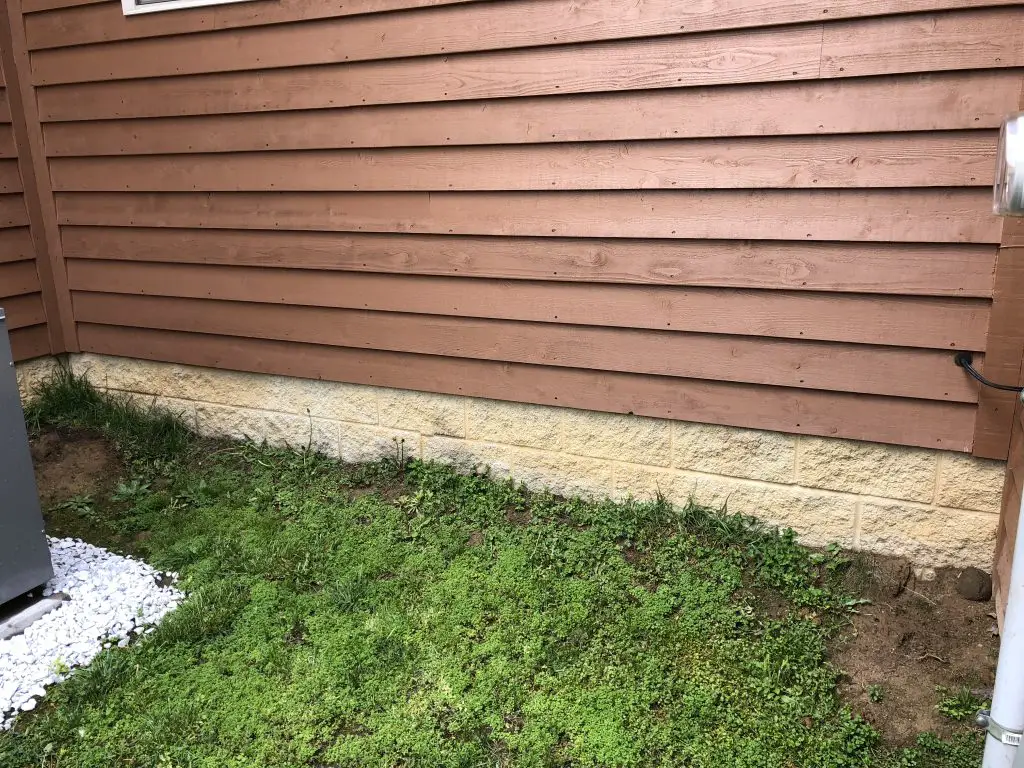
This is a close-up of the wall. Note how flat the ground is. Copyright 2018 Tim Carter
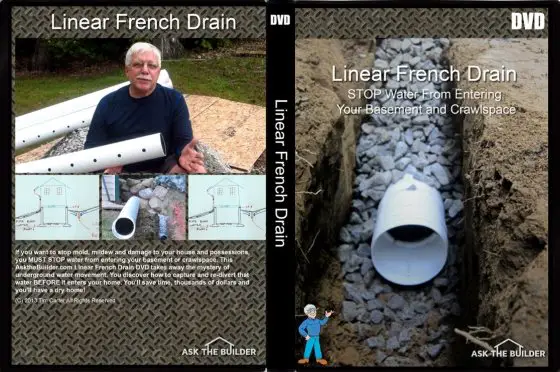
Do your own DIY install of a Linear French Drain with Tim Carter's time-tested methods and materials! CLICK IMAGE TO ORDER NOW!
Lead Paint Dangers Story
I’m sure you’ve heard of lead poisoning. You may not think it’s a big deal, but it is. I’ve got first-hand experience with it and not because I was poisoned.
There are millions of homes in the USA that have lead lurking in them. Not only can it be found in paint, but lead was also used in some clear finishes of old! Lead is a sinister poison and you should absolutely go to the Podcast 10 page at AsktheBuilder.com and read my past column about this menace.
But allow me to now share with you my first-hand experience with lead paint and how it can poison you or someone or something you love.
I can’t remember when I became aware that lead was used as an ingredient in paint. It was very common up until 1967 before it was outlawed.
I can tell you it was many years after that. Perhaps it was my father-in-law. He was a medical doctor and he knew I was working in older homes. I simply can’t put my finger on when I became enlightened about this sinister poison found in countless homes and older buildings.
Fortunately, I knew about it early enough in my career that I was always careful when working around older painted surfaces. Scraping, sanding and any other action that can create lead dust was always avoided.
Late in my building career, I got a fascinating kitchen remodeling job that involved building a room addition to triple the size of the existing kitchen in an older home near me.
The family had a high-strung dog that was harmless, but she had to be locked up each day while we worked or she’d bother us or possibly get hurt. As it turns out, she got hurt far worse by being locked up. While we worked, the dog spent the day in the basement laundry room.
As happens in all remodeling jobs, I had to have access to the basement for any number of reasons. The room addition connected to the back of the house and that corner of the basement was the laundry room. This laundry room was accessed through a normal wood door with wood trim. Both were painted.
It’s important to realize this home was built in the late 1930s. I knew for a fact the paint inside and outside contained lead.
I had discovered years before to take mental pictures of surfaces and things we’d be near during construction. Sometimes I’d get blamed for damage that I didn’t cause. In this case, I clearly remember the door trim and door inside the laundry room were in great condition.
One day about a month into the job, I had to go to the basement and I noticed that the lower corner of the door trim had been scratched by the dog. I didn’t think much of it at the time.
Fast forward another month and the damage was worse, in fact, it looked like the dog was so freaked out in the laundry room, it was chewing it’s way out. I mentioned this to the homeowner so that we’d not get blamed for the damage.
Three weeks later, the homeowner was very distressed and I saw her carrying out the wonderful dog to her car. She said she was off to the vet to find out why the dog was so sick.
A light bulb went off in my head at that instant and I said, “I know why the dog is sick. She’s got lead poisoning.”
The homeowner looked at me funny and I could tell she questioned my diagnosis. “Remember when I told you weeks ago, she was chewing at the door trim in the basement? That paint has got lead in it. Ask the vet to treat her immediately for lead poisoning.”
It turns out I was right and fortunately the dog got better. But let this be a warning to you. Animals and toddlers are attracted to lead paint because it has a sweet taste. This is but one reason they chew on lead paint.
Be aware that old up-down-sash windows that have lead paint can generate lead dust each time they’re opened or closed. Don’t let painters sand or scrape lead paint allowing the dust and chips to contaminate your home our outside soil. In other words, be damned careful around lead paint!
Never forget - Do It Right, Not Over!
Subscribe to the AsktheBuilder Podcast